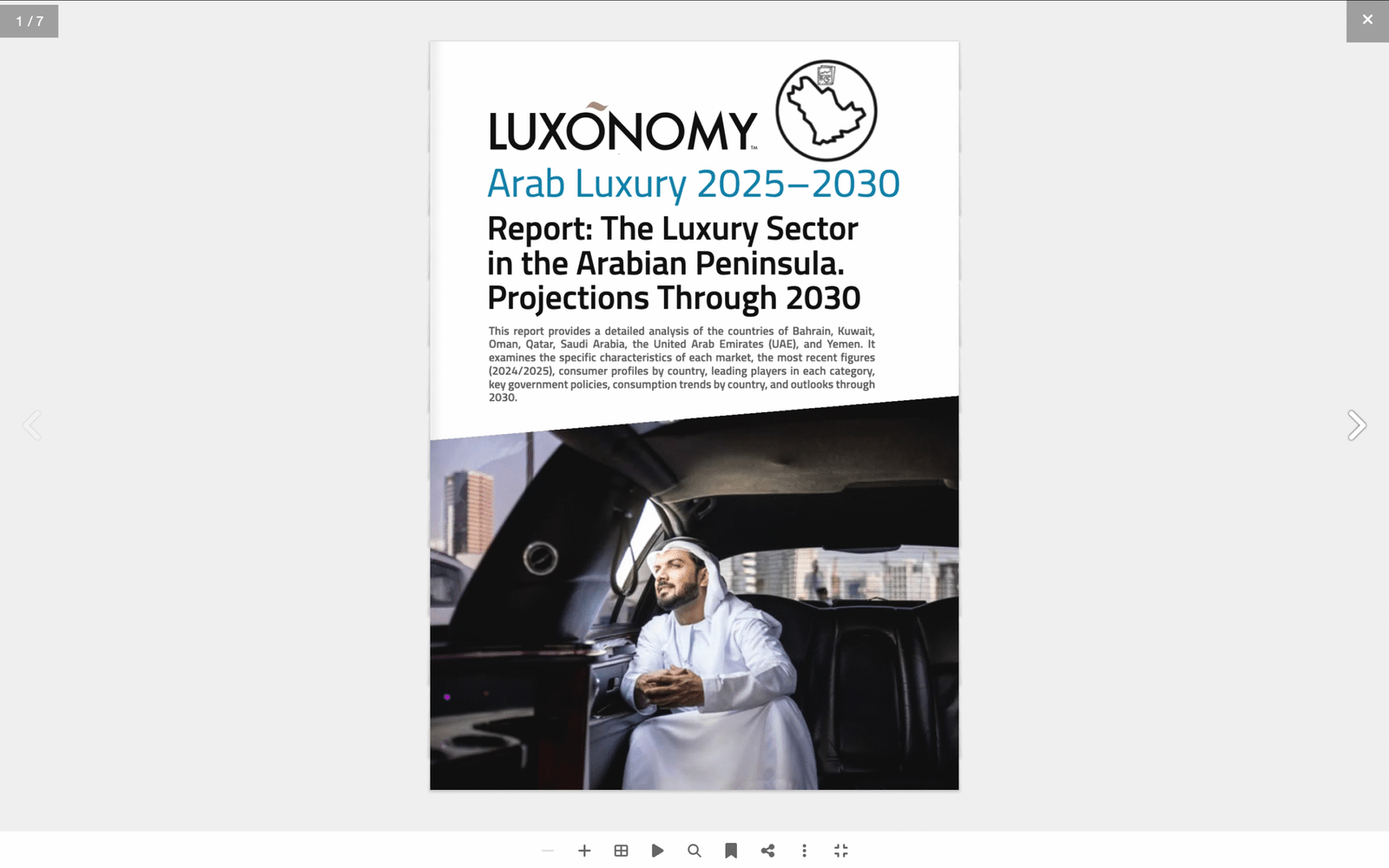Ethical and Sustainable Jewellery: A New Era in Responsible Luxury
- Explore how the luxury jewelry industry is adopting ethical and sustainable practices in production, supply, and design, and discover examples of leading brands and their initiatives to promote sustainability and social responsibility in the sector.

Editor at LUXONOMY™ Group
Explore how the luxury jewelry industry is adopting ethical and sustainable practices in production, supply, and design, and discover examples of leading brands and their initiatives to promote sustainability and social responsibility in the sector.
Introduction
The luxury jewellery industry has historically been associated with opulence and extravagance, but in recent years, a new trend has emerged: ethical and sustainable jewellery. As consumers become more conscious of their impact on the environment and society, they are seeking out jewellery that is produced in a way that is ethical, sustainable and responsible.
Ethical and Sustainable Production
Responsibility in the Supply Chain
One of the key initiatives that luxury jewellery brands are adopting is responsibility in the supply chain. This means ensuring that the materials used in the production of jewellery are sourced in a way that is ethical and sustainable. For example, Tiffany & Co. is a member of the Responsible Jewelry Council (RJC) and the Ethical Trading Initiative (ETI), two organisations that promote ethical and sustainable practices in jewellery production. Additionally, Cartier is a member of the Diamond Route Initiative (DRI), an initiative that seeks to promote responsible diamond mining in Southern Africa.
Use of Sustainable Materials
Another important initiative is the use of sustainable materials in the production of jewellery. For example, Chopard has committed to using 100% ethical gold in the production of its jewellery by 2020. Ethical gold is gold that is mined without the use of harmful chemicals or forced labour. Similarly, Boucheron has committed to using only recycled gold in the production of its jewellery.
Ethical and Sustainable Design
Ethical and sustainable design is another key aspect of the trend towards responsible luxury jewellery. Brands are designing jewellery that is not only beautiful and luxurious, but also has a minimal impact on the environment and society.
Designing for Longevity
One important aspect of ethical and sustainable design is designing for longevity. This means designing jewellery that is meant to last, rather than being disposable or designed for short-term trends. For example, Gucci has launched a sustainable fine jewellery collection that is designed to be timeless and can be worn for years to come.
Using Innovative Materials
Another important aspect of ethical and sustainable design is the use of innovative materials. For example, in 2018, Van Cleef & Arpels launched a collection of jewellery made from Fairmined gold and mother-of-pearl sourced from a sustainable farm in French Polynesia.
Examples of Ethical and Sustainable Jewellery Brands
| Brand | Initiatives |
|---|---|
| Tiffany & Co. | – Membership in the Responsible Jewelry Council and the Ethical Trading Initiative – Use of sustainably sourced materials in production – Transparency in supply chain |
| Chopard | – Commitment to using 100% ethical gold in production by 2020 – Use of sustainably sourced materials in production – Participation in Fairmined Gold Program |
| Boucheron | – Use of only recycled gold in production – Participation in the UN Global Compact – Partnership with the Responsible Jewelry Council |
| Gucci | – Launch of sustainable fine jewellery collection – Use of sustainably sourced materials in production – Designing for longevity |
| Van Cleef & Arpels | – Launch of jewellery collection made from Fairmined gold and sustainable mother-of-pearl – Partnership with the Ethical Trading Initiative – Use of sustainable materials in production |
| Cartier | – Membership in the Diamond Route Initiative – Use of sustainably sourced materials in production – Partnership with the Responsible Jewellery Council |
| Article22 | – Collaboration with local artisans in Laos – Use of recycled bombshells in production – Support of local communities through funding of healthcare and education initiatives |
| Cred Jewellery | – Use of Fairtrade gold in production – Use of sustainably sourced materials in production – Support of local communities through funding of social projects |
| Lebrusan Studio | – Use of Fairtrade and Fairmined gold in production – Use of sustainable materials in production – Support of local communities through funding of social projects |
| The Rock Hound | – Use of recycled materials in production – Partnership with One Tree Planted to plant trees for every piece of jewellery sold – Support of local communities through funding of education initiatives |
Conclusion
Ethical and sustainable jewellery is a growing trend in the luxury jewellery industry. Consumers are becoming more aware of the impact of their purchases on the environment and society, and are seeking out jewellery that is produced in a way that is ethical, sustainable and responsible. Luxury jewellery brands are responding to this trend by adopting initiatives that promote responsible production and design, and by using sustainable materials in their products. Brands that take a proactive approach to sustainability and responsibility are likely to be well positioned for success in the future.
Share/Compártelo
- Click to share on LinkedIn (Opens in new window) LinkedIn
- Click to share on WhatsApp (Opens in new window) WhatsApp
- Click to share on Facebook (Opens in new window) Facebook
- Click to share on X (Opens in new window) X
- Click to share on Threads (Opens in new window) Threads
- Click to email a link to a friend (Opens in new window) Email
- Click to print (Opens in new window) Print
- More
Related
Discover more from LUXONOMY
Subscribe to get the latest posts sent to your email.
Editor at LUXONOMY™ Group






















